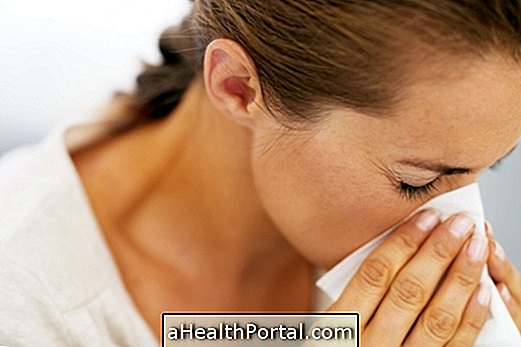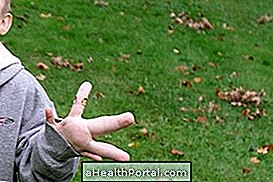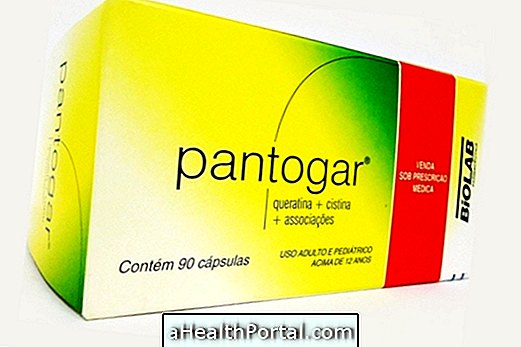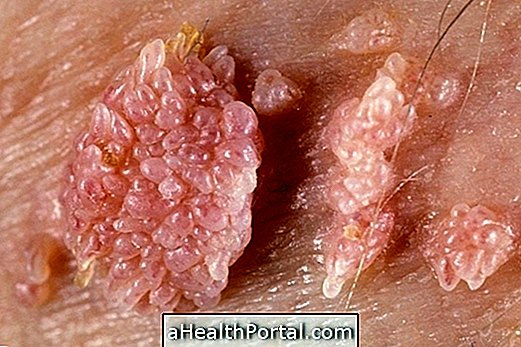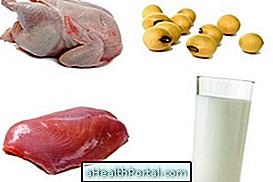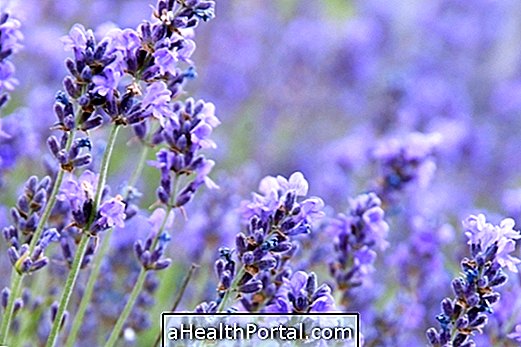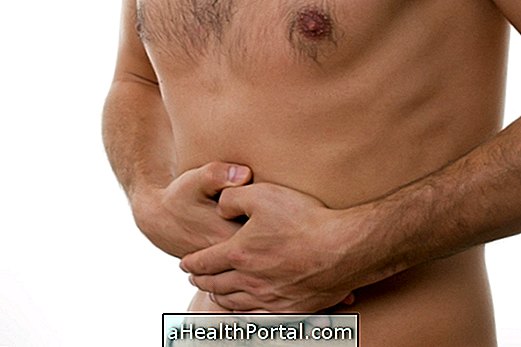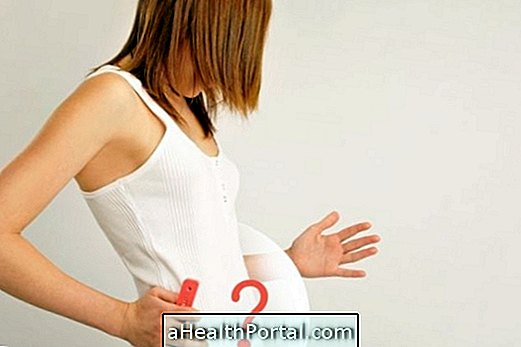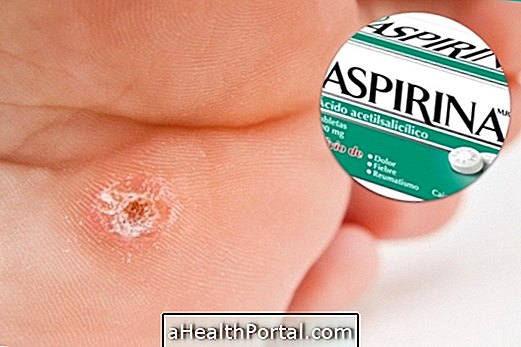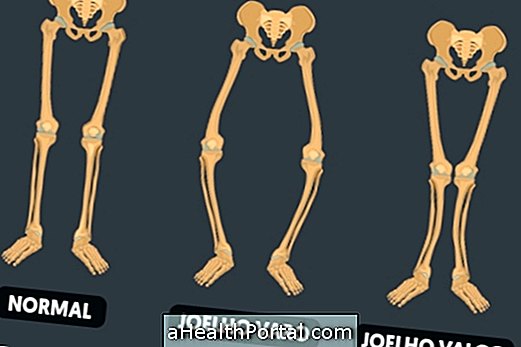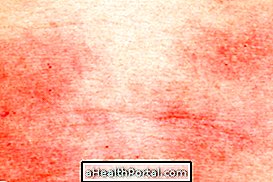The only headache on one side of the face, which is very strong, lancinating and that appears during sleep is the main characteristic of headache in salvos, a rare disease, much stronger and incapacitating than migraine, being known as the worse pain we can feel, being stronger than a renal, pancreatic or painful birth.
The pain affects only one side of the face, it can be throbbing and the person can not stand still, having to walk from side to side during a crisis. Other characteristics are the redness and tearing of the eye on the same side of the pain.
Treatments are ineffective and do not cure or resolve seizures but, despite being a very intense pain, which is related to changes in the hypothalamus and trigeminal nerve, headache in salvos can not kill but it greatly impairs the quality of life of the person in times of crisis.

Symptoms and Characteristics
The characteristic symptoms of cluster headache are:
- Lancinating pain that affects only one side of the head;
- Pain behind the eye;
- Red eye on affected side;
- Swelling of the face on the side of pain;
- Difficulty to completely open the eye on the side of the pain;
- The area of pain is the size of a hand;
- Each crisis lasts approximately 15 to 20 days and the person may have episodes of intense pain that happen 2 or 3 times a day;
- The pain can appear at any time of the day, but usually the person knows the time who is going to appear, because 'has an appointment';
- During the crisis the person has at least 1 episode of morning pain per day, which can start 1 or 2 hours after sleep;
- The person wakes up with a nagging headache always on the same side during that crisis, although it may have affected the other side in a previous crisis;
- The pain is so intense that it does not allow any type of activity during the episode, and the person can not keep still;
- It is not possible to identify when a new crisis period will begin;
- The person may have 1 or 2 periods of seizures that last about 2 weeks a year, or every 3 years. For example: A crisis period per year, every year and during this period the person may have 3 or 4 bouts of intense headache a day for 20 days;
- It is not known when the crisis will end, but some people report that the headaches begin to be more spaced, with fewer episodes a day, until it disappears completely, returning only months or years later;
- It is not known what can trigger a new crisis after months apart.
See other characteristics that identify this type of headache in: Symptoms of cluster headache.
When to go to the doctor
In case of a very severe headache that affects only one side of the face, especially around the eye, one should call an ambulance or go to the hospital to receive the appropriate treatment.
The patient should tell the doctor in as much detail as possible the characteristics of his headache and everything he did to try to relieve it. So the doctor can ask for tests and decide the most appropriate therapy for that moment.
Does headache in salvos have a cure?
Its cure has not yet been discovered and there is no specific treatment but patients can use a 100% oxygen mask at the time of the crisis to relieve headache more quickly.
Treatment for cluster headache

The treatment can be done with a series of drugs that can be used to stop a crisis faster, such as non-steroidal anti-inflammatory drugs, opioids and use of a 100% oxygen mask in times of crisis. However, it is very common for patients to complain that the pain does not disappear completely and that the side effects of the medications are very unpleasant.
As seizures are more common at night, a good tip is for the individual to have an oxygen balloon at home when they begin a period of crisis. Hence, the pains decrease considerably making it more bearable. Taking 10 mg of melatonin before bedtime can also alleviate the symptoms and decrease the risk of a crisis.
In addition the patient can not take any alcoholic beverages or smoke because they can trigger an episode of headache immediately. However, out of the crisis period the person can consume alcoholic beverages socially because they will not trigger a new period of crisis.
High-fat foods such as sausages and bacon are rich in nitrates and can make the pain worse, as well as major climate changes that seem to facilitate the onset of a crisis.
What causes migraine headache
In most patients, stress and fatigue are related to the onset of seizures, but there is no scientific proof of this fact. The age at which this type of migraine begins to manifest is between the ages of 20 and 40, and although the cause is unknown, most patients are men.
It is believed that the causes of cluster headache are related to the malfunctioning of the hypothalamus because it appears to be related to the circadian cycle, which regulates the time of sleep and wakefulness, but despite this, its cure has not yet been found and its causes are fully known.
How is the diagnosis
The doctor may make the diagnosis of headache in salvos by observing the symptoms presented, but may request tests such as an MRI to check for brain changes. In the absence of changes, the suspicion of this disease may increase. Diagnosis is usually time-consuming, but it is done by the neurologist after months or years, so it is common for not all patients to be diagnosed during their first headache crisis.
